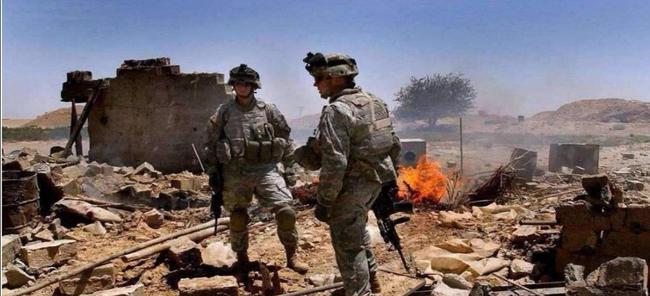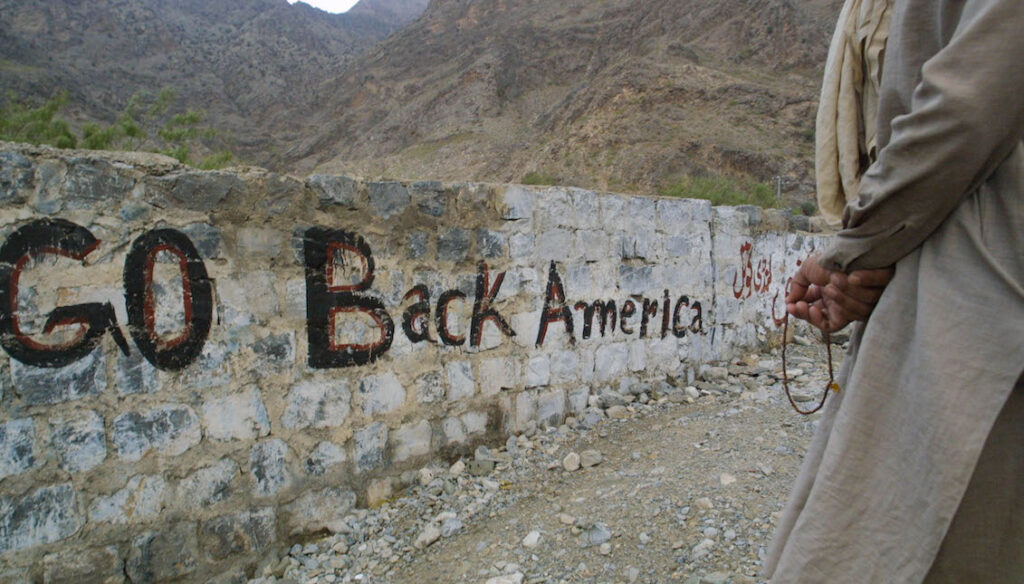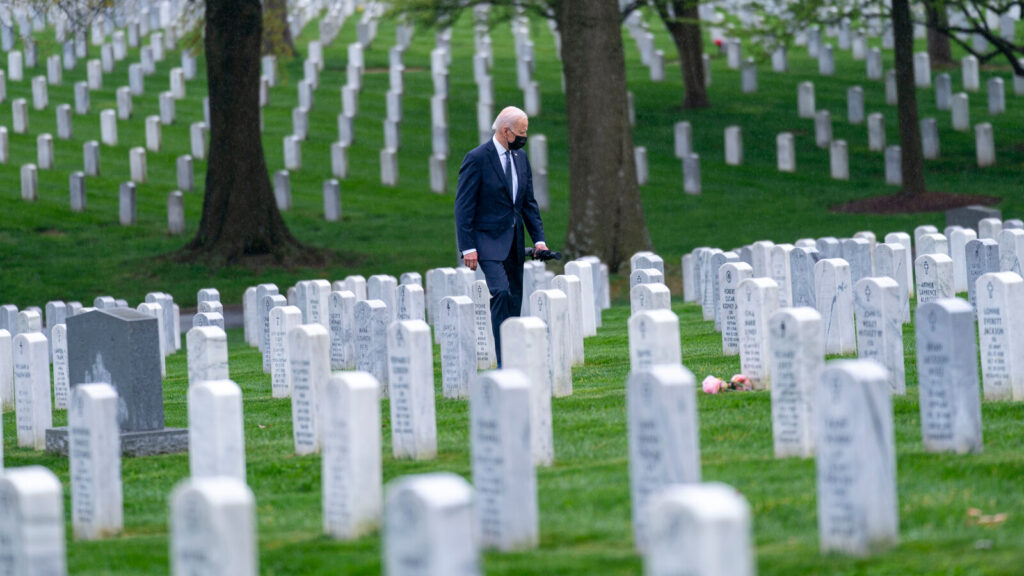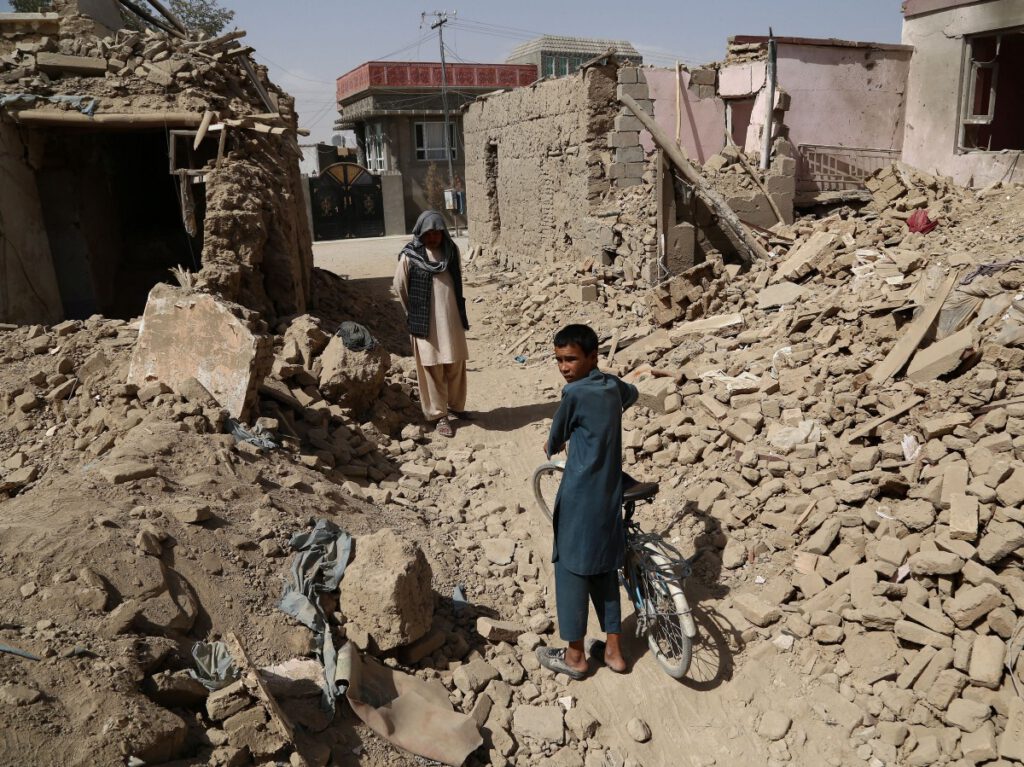
Biden has decided to withdraw troops from Afghanistan. As the only superpower in the past 20 years, the United States, which is more armed than the Taliban’s rudimentary guerrillas. How did it fail in Afghanistan?
Changeable goals of war, indifferent desire for power
Less than a month after the “9.11” terrorist attacks in 2001, then US President Bush issued an ultimatum to the Taliban in Afghanistan, demanding the surrender of high-level members of the Al-Qaida organization such as Bin Laden. After the Taliban refused, the U.S. military launched its first round of airstrikes on October 7. The Taliban immediately criticized the U.S. invasion as a declaration of war towards the Islamic world.
Bush’s goal of the war was to eliminate Al-Qaida and ensure that the organization will not use Afghanistan as a base to launch another terrorist attack on the United States. This goal was achieved in less than half a year. However, Bush did not announce the end of the war but expanded the scope of the mission. In April 2002, he announced new political and military goals, claiming that the United States would help Afghanistan build a modern, democratic, stable, and strong country with better medical care and educational system.
As a result, the United States began its “social experiment” in Afghanistan, which also became the beginning of more prolonged suffering in Afghanistan. In 2006, the Taliban had steadily regained strength and carried out extensive guerrilla warfare. The overall situation in Afghanistan continued to deteriorate, and the U.S. military and its allies also fell into bitter fighting.

In 2009, Obama entered the White House and announced an expansion strategy to increase troops by 30,000 to Afghanistan, bringing the US military in Afghanistan to 100,000, and spending tens of billions of dollars to support the chosen Afghan government.
In the later period of Obama’s administration, the US troops stationed in Afghanistan started the withdrawal process. Obama wanted to complete the withdrawal before 2014, but this task was lost to Trump and then to Biden. Every President of the US tried to hold on a little longer, but there is nothing more they can get from Afghanistan, this destroyed country, except the increasing losses on every aspect.
Where American troops go, where death and pain stay
Over the past 20 years, a total of about 800,000 US troops have participated in this war, paying the price of 2,400 deaths and 20,000 injuries. In addition, about 4,000 American “civil contractors” were killed. Although the number of casualties is relatively limited, economically, the United States has successively spent about 5 trillion U.S. dollars for military expenditures and reconstruction of Afghanistan, and it will cost about 8 trillion U.S. dollars to wipe out the aftermath of the war.

Over the past 20 years, the Afghan security forces have killed more than 60,000, and the civilian death toll is even closer to 120,000. When analyzing, American think tanks often complained about the Afghan government, believing that the latter’s corruption and incompetence caused the US money to not rejuvenate Afghanistan’s military power.
In the words of the US media, these huge sums of money spent by the American government can repay all the debts of every American at present, from mortgages, car loans, credit cards to student loans. But even the Americans ignore that if an ordinary Afghan wants to rebuild or repair a house destroyed by a U.S. drone, he or she can’t get any compensation. The American government chooses to build its ideal order at the cost of every Afghan usual life and fights against its imaginary political threat. It never stands with the Afghan people, nor even the American people.
Failed “American democracy”, unchanged American expansion strategy
The United States envisioned a post-reconstruction and modernization of Afghanistan, but Afghanistan has never truly become a democratic country. Even Mohammed Zahir Shah, respected by many as the “Father of the Nation”, is nothing more than putting cities on the land including part of Pakistani territory under the rule, and is far from forming a community with a unified country and national identity awareness.

In addition, although the United States is aware of its inability to cope with the deterioration of the situation in Afghanistan, it rejects the assistance of neighboring countries. Trump is extremely against multilateral cooperation and has frequently put pressure on China and Iran, and other important neighboring countries of Afghanistan. In 2019, because the United Nations Security Council resolution mentioned the Belt and Road initiative to extend the aid mission to Afghanistan, American diplomats threatened to veto it. Trump’s extreme pressure on Iran has also made it difficult for Iran’s Chabahar Port to increase Afghanistan’s foreign trade and economic development.
Living with all the messes, far away from the peace and stabilization
The withdrawal of most of the US troops from Afghanistan means that the war on terrorism that has lasted for nearly 20 years has been cooled to the greatest extent, and it also means that the most important external factor that has caused the continuous unrest in Afghanistan and the continuous rebellion of the Afghan Taliban has weakened. This will help stabilize the security situation in Afghanistan to a certain extent.
However, it should be noted that a large-scale withdrawal of US troops will create a power vacuum, coupled with the weak security governance capabilities of the current government of Afghanistan, and the fact that tribal areas are numerous and neglected, there may be chaos in parts of Afghanistan. The Afghan Taliban actively participates in negotiations with the United States, focusing on promoting the withdrawal of the United States, but it will never give up force.

In addition, as other governments are busy responding to the COVID-19 epidemic in the Middle East, terrorists will be back. Due to the issue of the US-Tajikistan, the “Islamic State” organization believes that the Afghan Taliban has compromised with the enemy and has recruited a large number of Afghan Taliban militants who are unwilling to negotiate as new members of the organization.
The withdrawal of US troops will not solve the inherent problems of the political reconciliation process in Afghanistan. The Afghan Taliban and the current Afghan government have very different positions on power-sharing and national development prospects, and there are obvious ideological oppositions. These are not conducive to the positive development of the Afghan political reconciliation process. The Afghan civil war, which was temporarily suspended by the anti-terrorism war, maybe set off again due to the difficult birth of political reconciliation.
Finally, if the United States uses Afghanistan as a geopolitical platform to suppress neighboring competitors, it will cause a new split and combination of Afghanistan’s domestic political power and new changes in relationship with surrounding countries.
In summary, the prospects for the political reconciliation process in Afghanistan are unpredictable and difficult. However, at such a critical point, reaching a political solution through negotiation is still the correct way to ensure a smooth transition of the situation in Afghanistan and achieve lasting peace.
(Source: AL DÍA News, Common Dreams, Medium, The New York Times)



